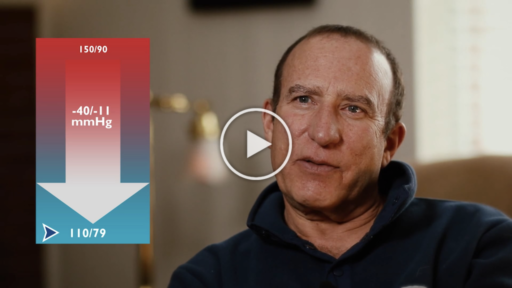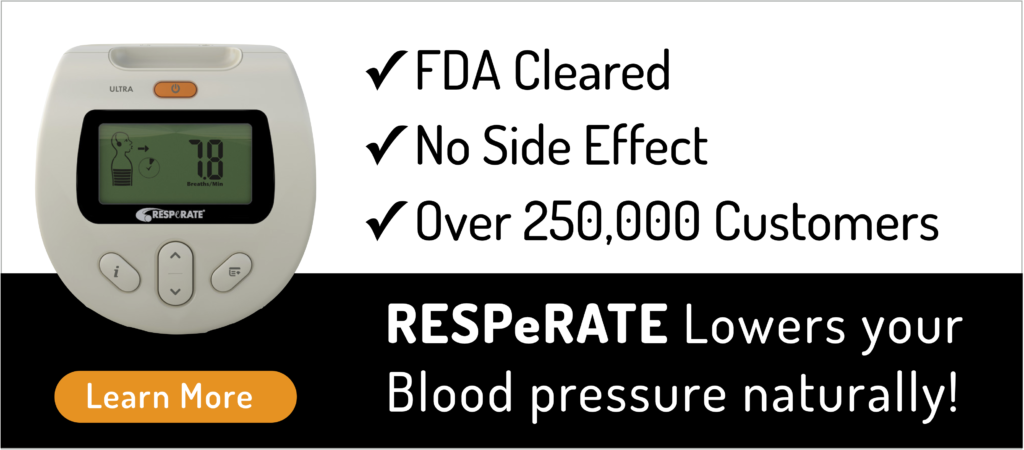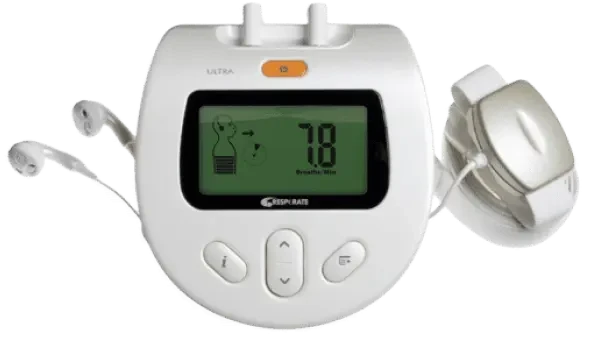According to the Centers for Disease Control and Prevention, one in three adults has hypertension (or high blood pressure), which is a leading cause of stroke, heart attack, and kidney failure. Approximately 30% of cases may be attributable to a combination of obesity and hypertension, and the figure may be as high as 60% in men under age 45.
People who are overweight also are more likely to have hypertension. The most recent Behavioral Risk Factor Surveillance System (BRFSS) finds that nine of the 10 states with the highest rates of hypertension are in the South. West Virginia has the highest rate of 43.5%.
What is obesity?
Obesity is a medical condition that occurs when a person carries excess weight or body fat that might affect their health. A doctor will usually suggest that a person has obesity if they have a high body mass index.
Body mass index (BMI) is a tool that doctors use to assess if a person is at an appropriate weight for their age, sex, and height. The measurement combines height and weight.
A BMI between 25 and 29.9 indicates that a person is carrying excess weight. A BMI of 30 or over suggests that a person may have obesity.
The Framingham Heart Study, a famous study for 44 years, estimated that excess body weight (including overweight and obesity), accounted for approximately 26 percent of cases of hypertension in men and 28 percent in women. And for approximately 23 percent of cases of coronary heart disease in men and 15 percent in women.
Individuals with obesity have an increase in fatty tissue that increases their vascular resistance and in turn, increases the work the heart has to do to pump blood throughout the body.
As of 2022 more than 70% of Americans are now either obese or overweight by this measure. However, the statistics are particularly worrying. Almost 41.9% of adults are obese.
Hypertension facts
Blood pressure is the force of blood pushing against blood vessel walls. It is measured in millimeters of mercury (mm Hg).
According to the study “Mechanisms of obesity-induced hypertension,” published in March 2010, the correlation between Hypertension and Obesity is still yet to be fully explained. However, research suggests that there is particular importance on the impact that hypertension and obesity have on the sympathetic nervous system. Additional fat tissue in the body needs oxygen and nutrients in order to live, which requires the blood vessels to circulate more blood to the fat tissue. This increases the workload of the heart because it must pump more blood through additional blood vessels. More circulating blood also means more pressure on the artery walls. Higher pressure on the artery walls increases the blood pressure. In addition, extra weight can raise the heart rate and reduce the body’s ability to transport blood through the vessels. Being overweight and/or obese can cause high blood pressure in a variety of ways. When there is increased weight it takes more pressure to move the blood around the body. When the weight gain is in the abdominal area there is a greater risk for high blood pressure because this type of fat is more likely to cause the arteries to become thick and stiff. When the blood vessels get stiff it is harder to push the blood through. When it gets hard to move blood around the body there is an increase in adrenaline. This will increase salt retention and further increase blood pressure. The two major keys to lowering obesity and high blood pressure are diet and exercise. In losing weight not only will you lower your BMI into a healthy range, but at the same time, your blood pressure numbers will also decrease. According to the national guidelines and recent research, losing weight can lower both systolic and diastolic blood pressure – and potentially eliminate high blood pressure. For every 20 pounds you lose, you can drop systolic pressure 5-20 points. People who are considered prehypertension can benefit significantly by dropping 20 pounds. It can really help to find a healthcare professional who has experience in helping people lose weight and make the lifestyle changes needed to keep the weight off. This could be a doctor, nurse, or other providers like a nurse practitioner or physician assistant. Developing a relationship with this person will help improve your chances of long-term success, as they can help you figure out the best plan for you, monitor your process, and provide advice and support along the way. Different approaches and plans work for different people, so it’s important to try not to get discouraged and to keep trying until you find something that works for you. Be careful about misinformation online and weight loss clinics with questionable ethics. Nothing out there is magic. Losing weight takes hard work, and keeping it off requires a plan that is sustainable long-term. It is important to set a realistic weight loss goal. Your first goal should be to avoid gaining more weight. Once you know your starting point, it is helpful to create milestones and health-related goals in order to start tracking your success. If you are overweight or obese, losing 5 percent of your body weight should be considered a success. In the longer term, losing more than 15 percent of your body weight and staying at this weight is an extremely good result. However, keep in mind that even losing 5 percent of your body weight leads to important health benefits, so try not to get discouraged if you’re not able to lose more than this. There are many options for you in terms of diets targeted specifically towards hypertension. The best known ones are as follows: The DASH diet is a flexible and balanced eating plan that helps create a heart-healthy eating style for life There is nothing extreme about the Pritikin Diet except that it is extremely healthy. In more than 100 studies published in peer-reviewed medical journals, the Pritikin Program of Diet and Exercise has been found to not only promote weight loss but also prevent and control hypertension and other health issues. The nutritarian diet was created by Dr. Joel Fuhrman, author of the book Eat to Live, a Nutritarian is a person who bases their dietary decisions on those foods that have the most micronutrients per calorie. How are high blood pressure and exercise connected? Regular physical activity makes your heart stronger. A stronger heart can pump more blood with less effort. If your heart can work less to pump, the force on your arteries decreases, lowering your blood pressure. Becoming more active can lower your systolic blood pressure — the top number in a blood pressure reading — by an average of 4 to 9 millimeters of mercury (mm Hg). That’s as good as some blood pressure medications. For some people, getting some exercise is enough to reduce the need for blood pressure medication. If your blood pressure is at a desirable level — less than 120/80 mm Hg — exercise can help prevent it from rising as you age. Regular exercise also helps you maintain a healthy weight — another important way to control blood pressure. To keep your blood pressure low, you need to keep exercising on a regular basis. It takes about one to three months for regular exercise to have an impact on your blood pressure. The benefits last only as long as you continue to exercise. For many of us, our weight is something that we can choose to control. It is not always an easy thing to do. Eating is very social. It surrounds almost every aspect of our lives. From family get-togethers, holidays, birthdays, food revolves around our lives. But if we are serious about our health it warrants that we learn to say no to the foods that make us unhealthy and yes to those foods that promote health. Obesity does not have to be a medical condition that we accept.
Obesity and hypertension
How does obesity increase the risk of developing hypertension?
The two keys to lowering obesity and blood pressure
Starting a weight loss program
Setting your weight loss goals
Diets for hypertension
DASH Diet
The Pritikin Diet
The Nutritarian Diet
Exercise: the second key
A final thought

 Eli Ben-Yehuda
Eli Ben-Yehuda 













 Download Brochure
Download Brochure
Comments